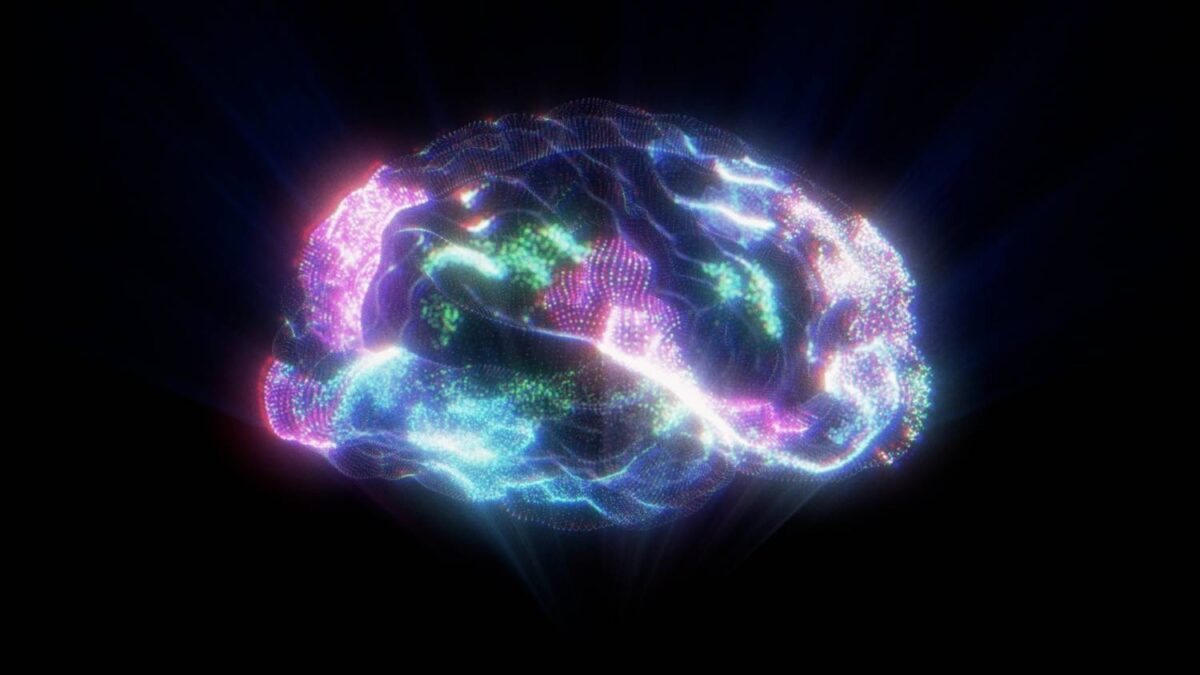To date, the neurobiological basis of consciousness remains a compelling mystery. However, many correlates of consciousness, including entropy, have been identified in monitored brain activity. Such markers have been known to be harbored in electric and magnetic fields, as measured via electroencephalographic (EEG) recordings, thought to reflect extracellular ionic currents, and magnetoencephalographic (MEG) recordings, thought to be associated with intracellular ionic currents.
One such correlate is entropy, reflective of the irregularity, complexity, or unpredictability of a signal. Two the main entropy measurements in EEG signals are the fast-reacting response entropy (RE) and the more steady, robust state entropy (SE) (both of which lie in the time-frequency domain). SE consists of the entropy of the EEG signal in frequencies up to 32 Hz and ranges from 0-91, while RE reflects the entropy of the EEG signal in high frequencies, up to 47 Hz, and ranges from 0-100 (1). The RE value is always greater than or equal to the SE value.
Beyond these, there are upwards of ten more well-established indices of entropy in EEG signals that can be used to measure the depth of an individual’s anesthesia – and, in some cases, conscious awareness (2). These include both linear and, since EEG is a non-stationary signal that exhibits nonlinear or chaotic behaviors, nonlinear signal transformation methods, carried out in the time domain and phase space. In particular, these include three wavelet entropy measures, Hilbert-Huang spectral entropy, approximate entropy, sample entropy, fuzzy entropy, and three permutation entropy measures, all of which are contingent on subtly different analytical algorithms (2).
In adults, entropy values have been shown to effectively correlate to a patient’s anesthetic state, as, during general anesthesia, EEG signals change from irregular to more regular patterns when anesthesia deepens. Indeed, one landmark study found higher entropy in conscious, awake brains (3). In this study, MEG, scalp EEG, and intracranial EEG (iEEG) recordings were carried out. Pairwise combinations of the signals and phase synchronization were used to assess “connectivity” between two signals, and statistical mechanics to model networks of neurons during unconscious states, conscious states, and seizures. Normal waking states were associated with maximum values of entropy, characterized by the greatest number of possible configurations of interactions between brain networks (3). This has been robustly confirmed, including by another research team leading a similar study in EEG, iEEG and MEG recordings while assessing altered states of consciousness (4).
Since, entropy assessment devices have been developed for clinical use and are frequently fully integrated into a complete monitoring system. These allow the anesthesia provider to tailor the administration of an anesthetic to each patient individually and have been shown to effectively decrease anesthetic use, as in the case of studies on propofol (5) and sevoflurane (6), and ensure faster patient recovery.
Fascinatingly, the association between entropy and consciousness suggests that the information content is larger in networks associated with conscious states, implying that consciousness may be the result of an optimization of information processing. Importantly, these findings are consistent with other theories of consciousness, including the global workspace theory (7), in that the most widespread distribution of information leads to conscious awareness, and the integrated information theory (8), in that consciousness increases in proportion to the system’s repertoire of states.
Many entropy assessment methods have been and are continuously being developed to monitor depth of anesthesia to prevent patient consciousness during an operation. These techniques have both immediate clinical value and fascinating implications for the neurobiological basis of human consciousness.
References
1. Entropy. [Internet]. Available from: https://www.gehealthcare.co.uk/-/jssmedia/76841dd076a54dd5b1aa26e21c10e4cf.pdf?la=en-gb
2. Liang Z, Wang Y, Sun X, Li D, Voss LJ, Sleigh JW, et al. EEG entropy measures in anesthesia. Front Comput Neurosci. 2015 Feb 18;9(JAN):16.
3. Erra RG, Mateos DM, Wennberg R, Velazquez JLP. Towards a statistical mechanics of consciousness: maximization of number of connections is associated with conscious awareness. Phys Rev E. 2016 Jun 1;94(5).
4. Mateos DM, Guevara Erra R, Wennberg R, Perez Velazquez JL. Measures of entropy and complexity in altered states of consciousness. Cogn Neurodyn. 2018.
5. Vakkuri A, Yli-Hankala A, Sandin R, Mustola S, Høymork S, Nyblom S, et al. Spectral entropy monitoring is associated with reduced propofol use and faster emergence in propofol-nitrous oxide-alfentanil anesthesia. Anesthesiology. 2005;103(2):274–9.
6. Aimé I, Verroust N, Masson-Lefoll C, Taylor G, Laloë PA, Liu N, et al. Does monitoring bispectral index or spectral entropy reduce sevoflurane use? Anesth Analg. 2006 Dec;103(6):1469–77.
7. Baars BJ. The Global Workspace Theory of Consciousness. In: The Blackwell Companion to Consciousness. Chichester, UK: John Wiley & Sons, Ltd; 2017. p. 227–42.
8. Tononi G, Boly M, Massimini M, Koch C. Integrated information theory: From consciousness to its physical substrate. Vol. 17, Nature Reviews Neuroscience. Nature Publishing Group; 2016. p. 450–61.

